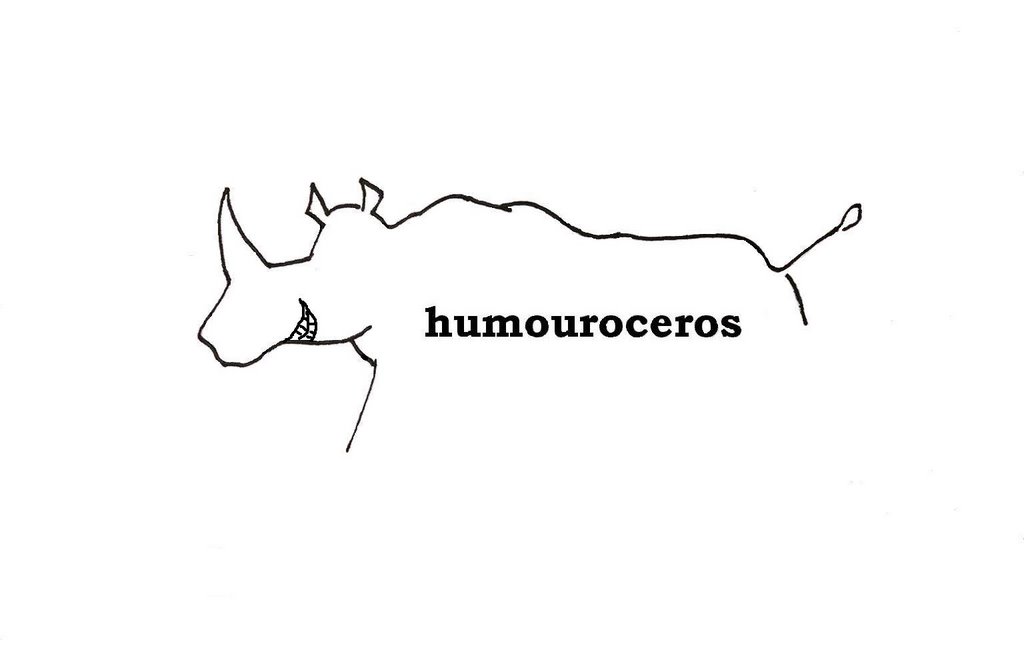The Blade-masters of Knitez'ov Nii province

There have been many famous warrior societies down through the ages including the Spartans, the Vikings, the Knights of the Round Table, the Japanese samurai, the Bolivian Bolto Freedatta, and many others. All warrior societies with the sole purpose of studying and practicing the art of battle. One group rarely mentioned in martial histories is the Blade-masters of Knitez'ov Nii province in southern Kastir. For well over a century at the turn on the first millennium the Blade-masters studied the theory and practiced the art of fighting with edged weapons. They were successful right up until the twin dooms of the spotted death (a pox of some kind?) and the eruption of Mount Forge, which all but wiped the Blade-masters out. Today little is known of their society.
One thing that is known of the Blade-masters is their unrivaled skill with the most unique bladed weapon ever used: the hinged sword. As any true swordsmith will admit, there is much more to building a good sword than merely sharpening a length of steel and putting a handle on it, and the basic design of the hinged sword is even more complicated yet. Essentially each hinged sword is three bladed, with the first two bladed attached to the handgrip with a pressed tang, and the third blade attached to the first two by a pin thus allowing the third blade to swing freely in a 360 degree angle. The third blade was also weighted to give added momentum and more force to the strike.
These swords had six cutting edges (one on each side of each of the support blades, and one on each side of the primary/swing blade) and in the right hands with the right training they were a far more deadly weapon than any other sword then, or now, in existence (even including the famous blades created in Japan during the Marimaku Shogunate.) The added speed of a strike, magnified by the weighted outer blade off the hinge, would have an equivalent CCPSI (Cutting Pressure Per Square Inch) factor of 4.7 over an equally weighted traditional blade. This is greater than the SFPSI (Striking Force Per Square Inch) ratio between a set of nunchuks and a metre long stick, which is 2.9.
The Blade-masters chose promising young people at a very young age and immediately began training in the forms of the hinged-blade. These were heavily stylized movements used in discipline training and in training for the unique weight shifting properties of the hinged-blade. After some years of training the most worthy would move on to using a practice blade and then each would have a custom blade made for them by their particular clan's swordsmith. At that time each would be unrivaled as a close quarter fighter.
There are no complete records (and, indeed, few incomplete records) of battles with the Blade-masters but what little information there is describes the hiss of the whirling blades which would pause for an instant, then cut through an opponents sword, and then through the opponent, with blinding speed.
Of course there are no original examples of the Blade-master's swords in existence today, and virtually all that we know of them is due to the fragmentary writings of some of their neighbours and a few fanciful artworks showing their special swords in action. There have been a few attempts over the years to replicate these ancient blades using original materials and techniques, all to no avail. One day, perhaps, a modern swordsmith will rediscover the original techniques of the Blade-master swordsmiths and then once more the hiss of the hinged blade will be heard.
Anyway... Humouroceros



0 Comments:
Post a Comment
<< Home